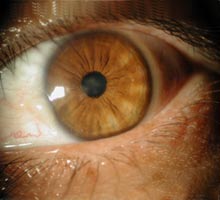
 D
D


 DIABETIC RETINOPATÍA
DIABETIC RETINOPATÍA


|
 D
D
|

|

|
 DIABETIC RETINOPATÍA
DIABETIC RETINOPATÍA
|

|
| DIABETIC RETINOPATÍA |





 DIABETIC RETINOPATÍA
DIABETIC RETINOPATÍA


U.E.P.
 Add to Favorite
Add to Favorite
 Home Page
Home Page
 Recommend this Page
Recommend this Page
|

|
|
2008 © HIPERnatural.COM
www.hipernatural.com Your Source of Natural Health in Internet |
|